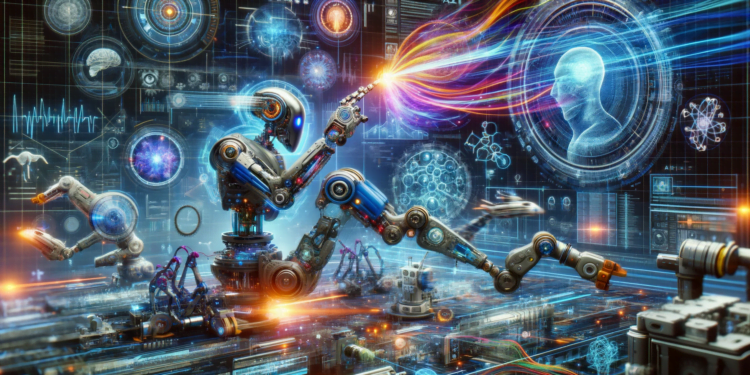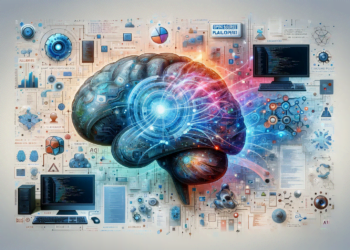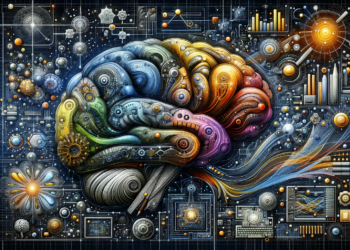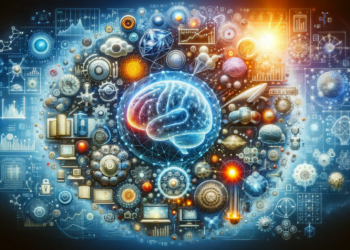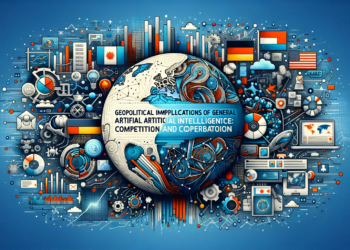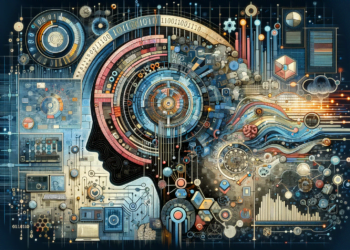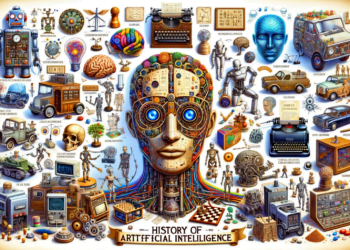The convergence of Generalized Artificial Intelligence (AGI) with robotics represents a crucial rung on the evolutionary ladder of cognitive technology. While traditional AI has managed to outperform humans in specific tasks, AGI aims to emulate human capabilities to learn, understand, and apply knowledge broadly. The integration of these abilities into robotic systems could usher in an era of unprecedented autonomy.
Fundamentals of AGI
AGI differs from conventional AI in its holistic approach to intelligence. Unlike AI systems, which specialize in a single task or set of tasks—such as chess or image recognition—AGI aspires to develop machines capable of reasoning, planning, learning from experience, and understanding emotions. This endeavor entails the development of new and complex computational models that more closely resemble the workings of the human brain.
Advances in Models and Algorithms
At the forefront of AGI, deep neural network models (Deep Learning) have played a starring role. Deep learning systems have shown a remarkable ability to recognize patterns and process natural language. However, achieving AGI requires more sophisticated approaches that can generalize knowledge from one domain to another.
Among these approaches, attention transformer models stand out, capable of processing lengthy data sequences with a high degree of computational efficiency. Examples of these models include GPT-3 and T5, which have displayed surprising writing, conversational, and abstract reasoning abilities, approximating what might be considered a primitive form of general intelligence.
On the other hand, research is being conducted into the design of reinforcement learning algorithms, which allow a machine to learn through interaction with its environment. This is close to the concept of human experiential learning, where negative and positive reinforcement guides the development of skills and knowledge.
Practical Applications in Robotics
The confluence of AGI and robotics materializes in applications where real-time decision-making and adaptability are essential. Assistive robotics is one promising area, with prototypes that can help with household tasks or provide care for the elderly. These robots, guided by AGI principles, can adapt to their users’ changing needs by learning individual routines and preferences.
In manufacturing, robotics systems equipped with AGI could run assembly lines with unprecedented efficiency. With the ability to adapt to new products or unexpected faults in real time, maintenance and production could revolutionize the industrial sector.
Case Studies: AGI and Robotics in Action
An illustrative case of this synergy is the development of autonomous robots for space exploration. Equipped with AGI systems, these robots can make autonomous decisions that would be impossible to supervise in real-time from Earth. NASA’s Mars Rover Perseverance, with its autonomous vehicle and drones, is an example of the current forefront. Although it does not yet reach the level of full AGI, its advanced systems for navigation and decision-making point toward what might be possible in the near future.
Challenges and Future Directions
As we advance in the integration of AGI into robotic systems, new challenges arise. The matter of ethics in artificial intelligence is exceedingly complex, encompassing issues ranging from impartial decision-making to privacy and security.
Furthermore, despite advances in robotics hardware, significant improvements in processing capacity and energy efficiency are needed to emulate human brain capacity. Emerging technologies like neuromorphic chips are making strong headway in this area, inspired by the physics of the brain to design more efficient circuits.
Conclusion
The union of AGI and robotics is at the frontier of technological innovation, and its potential to transform society is immense. However, a cautious approach that considers the ethical, social, and economic implications of its development and application is crucial. As we overcome technical and theoretical barriers, we approach a future where artificial intelligence will not only imitate human intelligence but also interact with the physical world in ways we have only been able to imagine until now.

